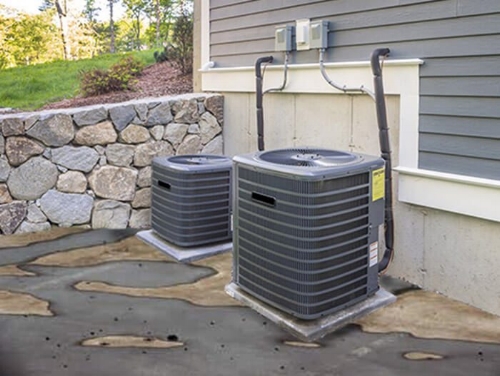Although there may be hundreds of factors as to why your home’s central air conditioner may need to be looked at by a certified technician, there are a few reasons that are fairly common. Recognizing what they are may clarify what a technician is referring to when they discuss the routes for resolving the problem. Here are the top five problems that may cause your air conditioning system to break down.
1. Faulty wiring
Poor or uncertified A/C wiring is risky and a possible fire hazard. Bad wiring can prevent the system from getting power or can trip the circuit breaker.
2. Low refrigerant
Refrigerant is the chemical that cools the air within your air conditioning system. Reduced levels of refrigerant could imply a leak or problem with the refrigerant system. If your air conditioning system needs to be recharged with refrigerant, 90% of the time that suggests there is a leak. All refrigerant leaks should be located and repaired. To read about the phase out of R-22 refrigerant in the United States visit the U.S. EPA website.
3. Outside fan is not working
The outside fan is responsible for moving the heat from inside your home to the outside. If the fan on the outside unit doesn’t perform correctly, proper heat transfer cannot take place and the air conditioning compressor may overheat and trip the safety overload. Worse yet, it may cause internal damage to the compressor.
4. Outside unit not functional
This usually indicates a lack of power, contactor problems or even a faulty thermostat.
5. The coil is frozen
A frozen coil often indicates an issue with the airflow, such as restrictions caused by dirty air filters or obstructed return air ductwork. Frozen indoor coils could also be the result of low refrigerant.
Participating in a preventative maintenance program can help prevent some of these issues. Contact us today for more information on our maintenance program!














